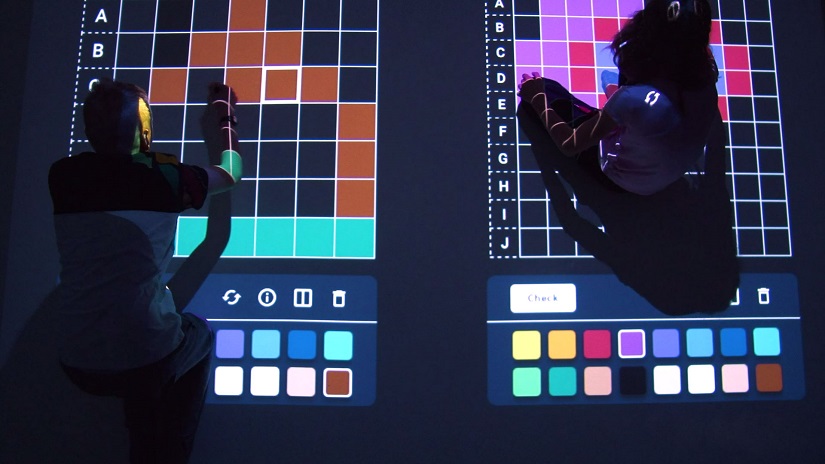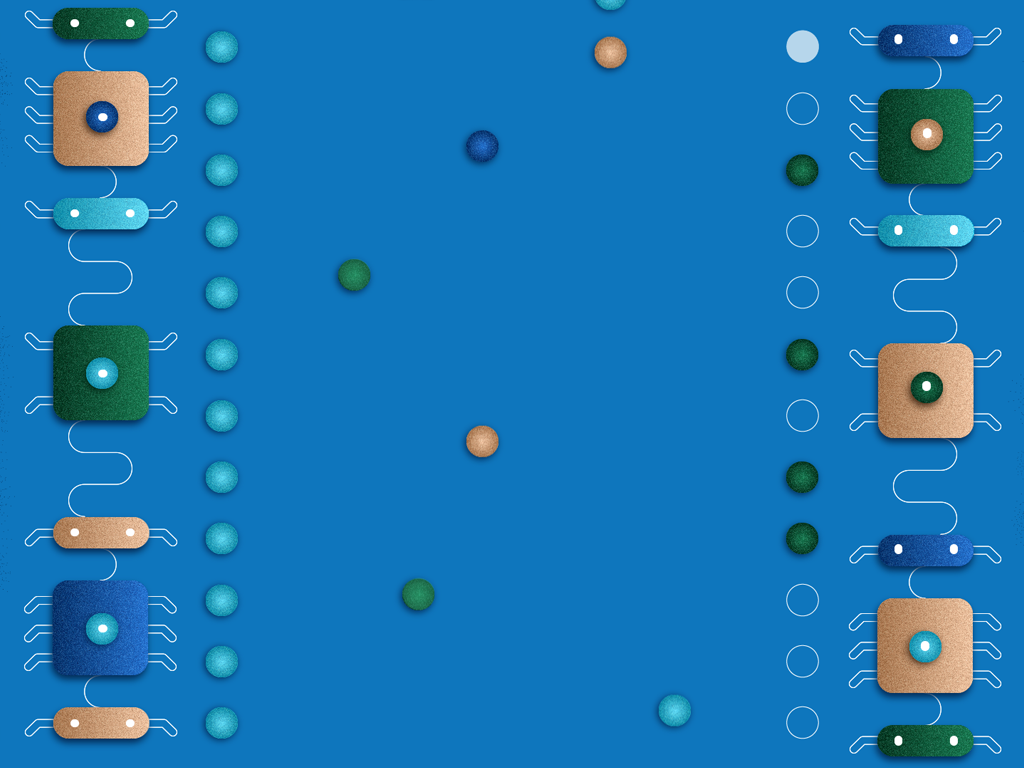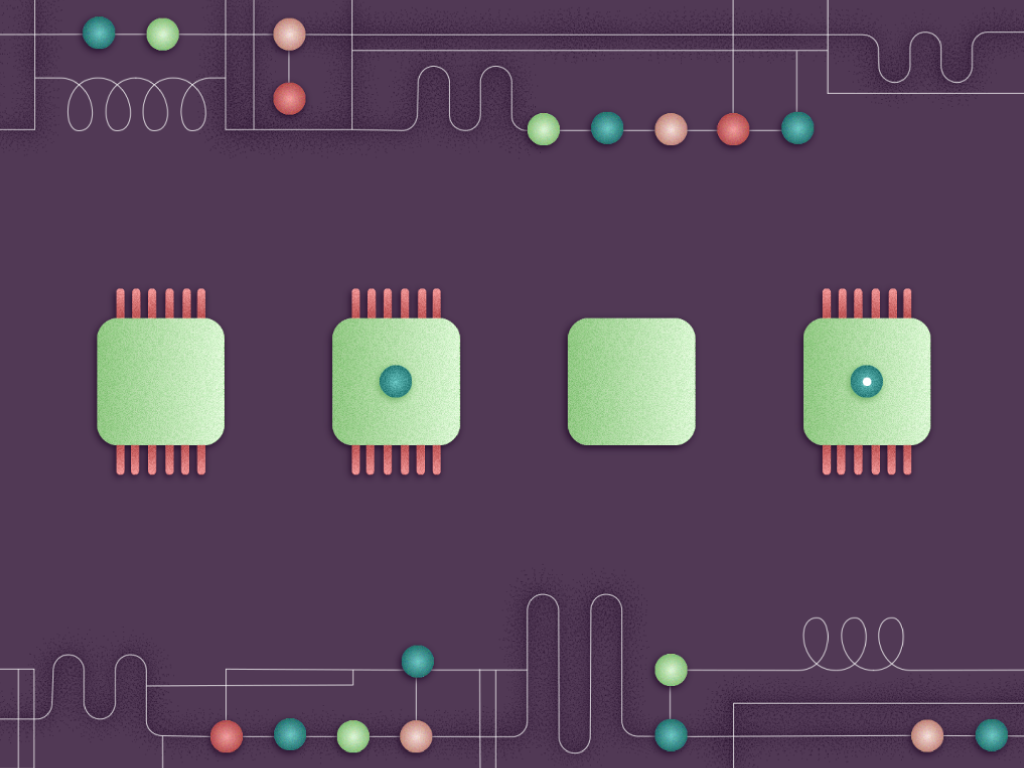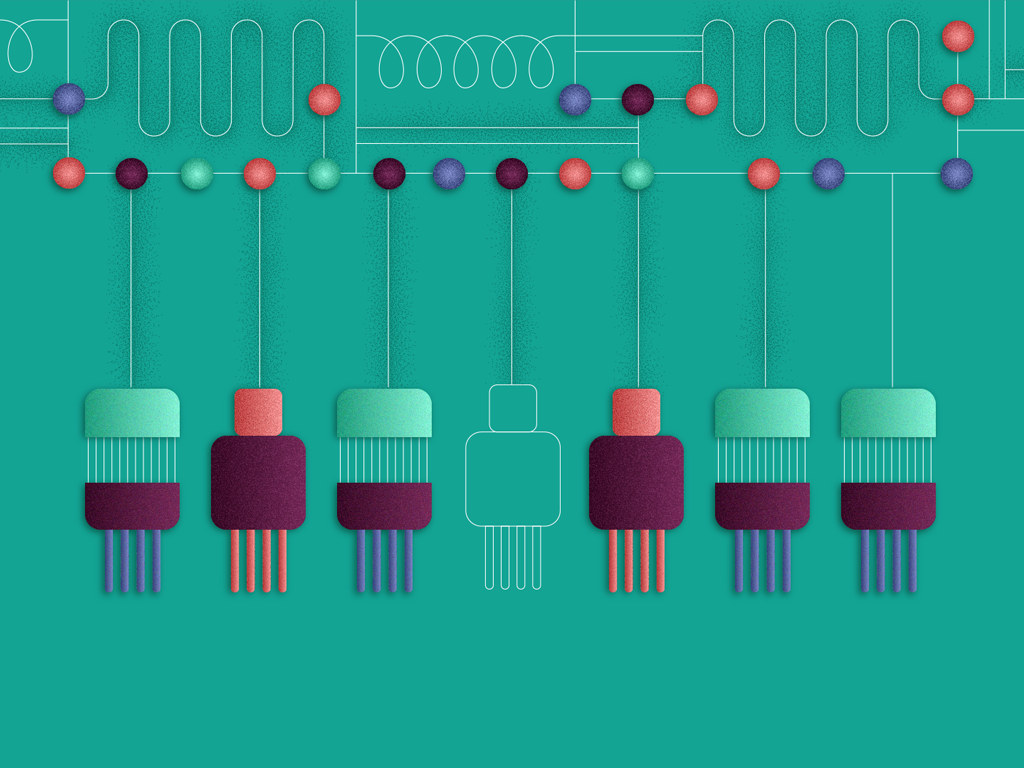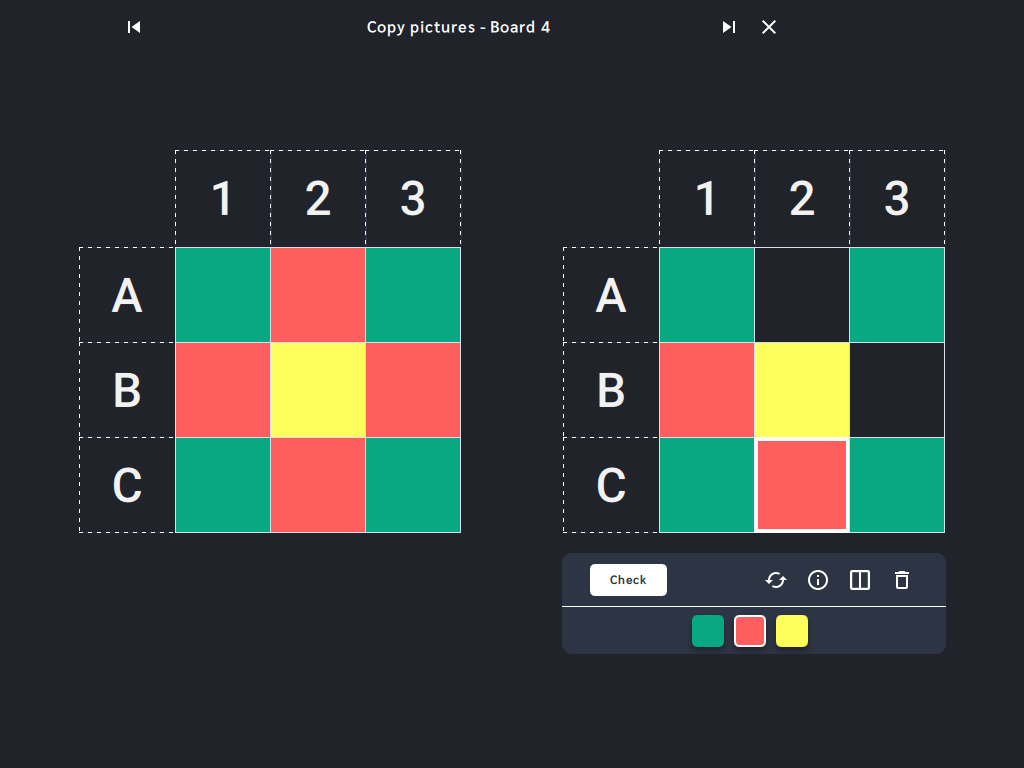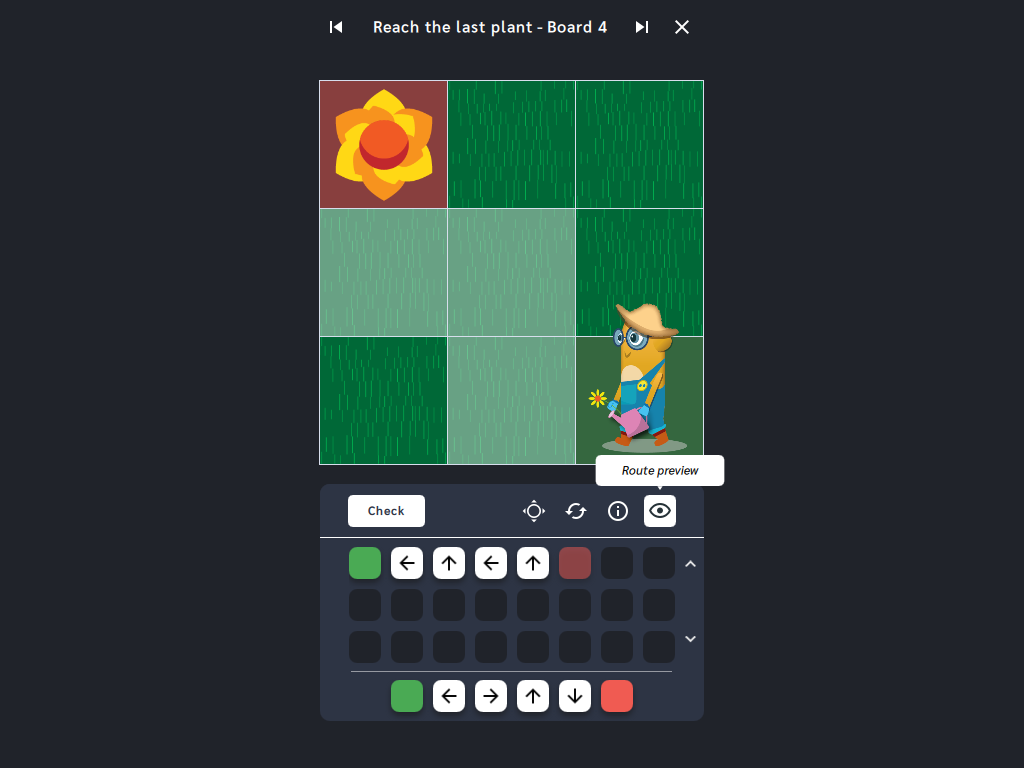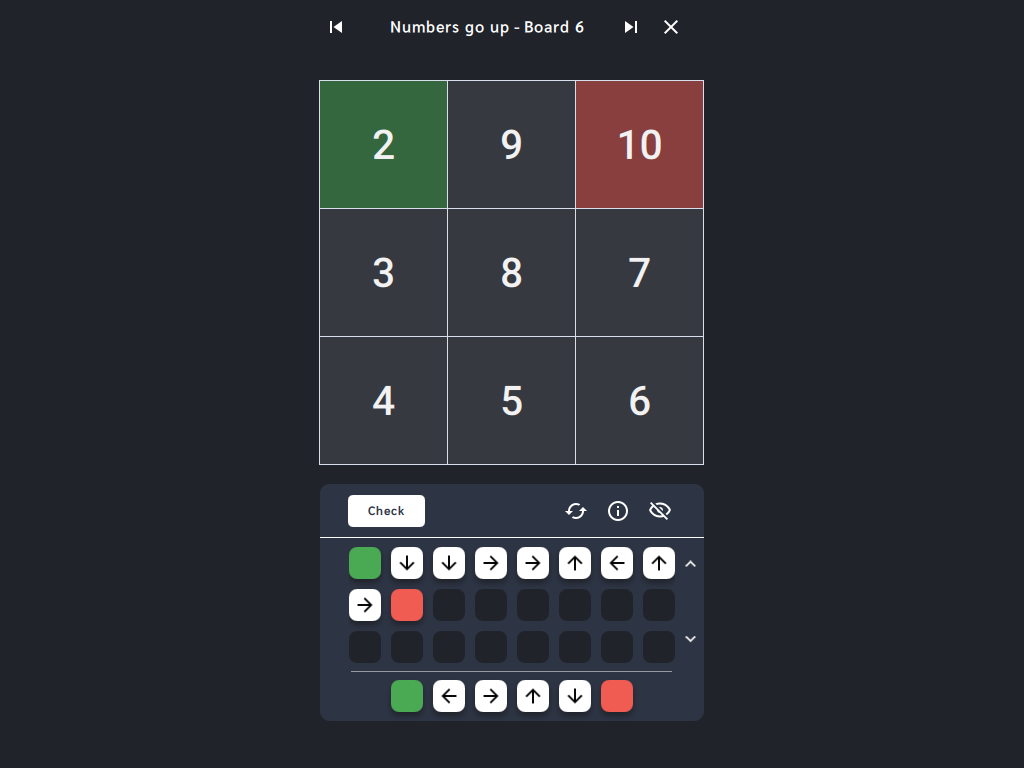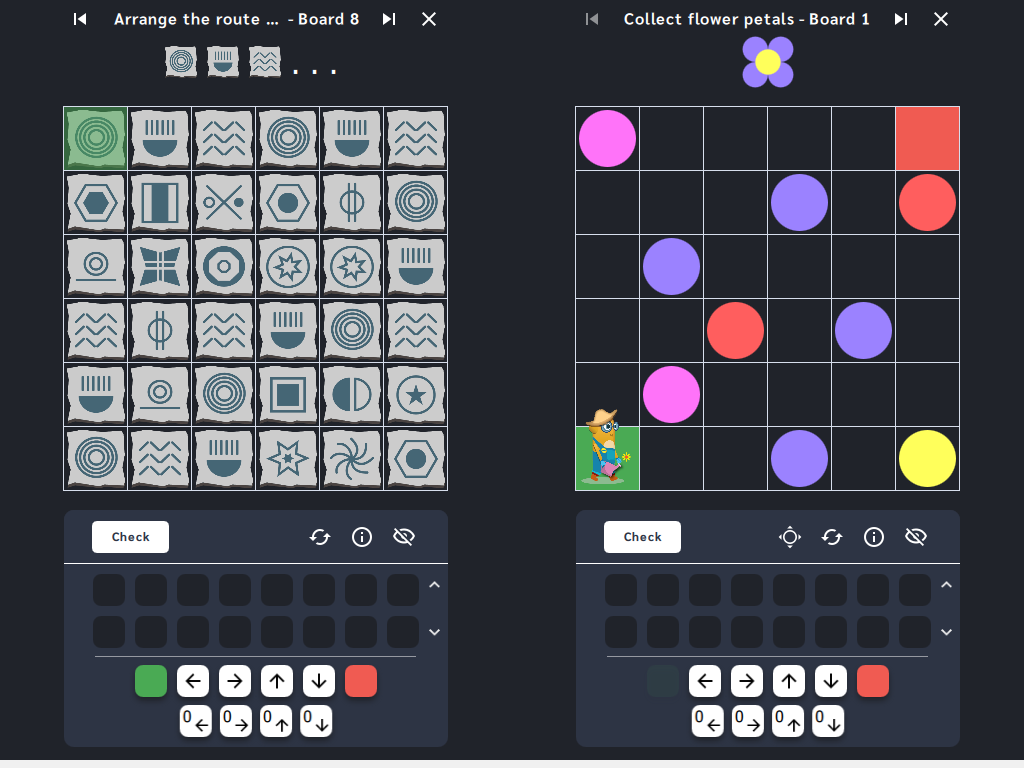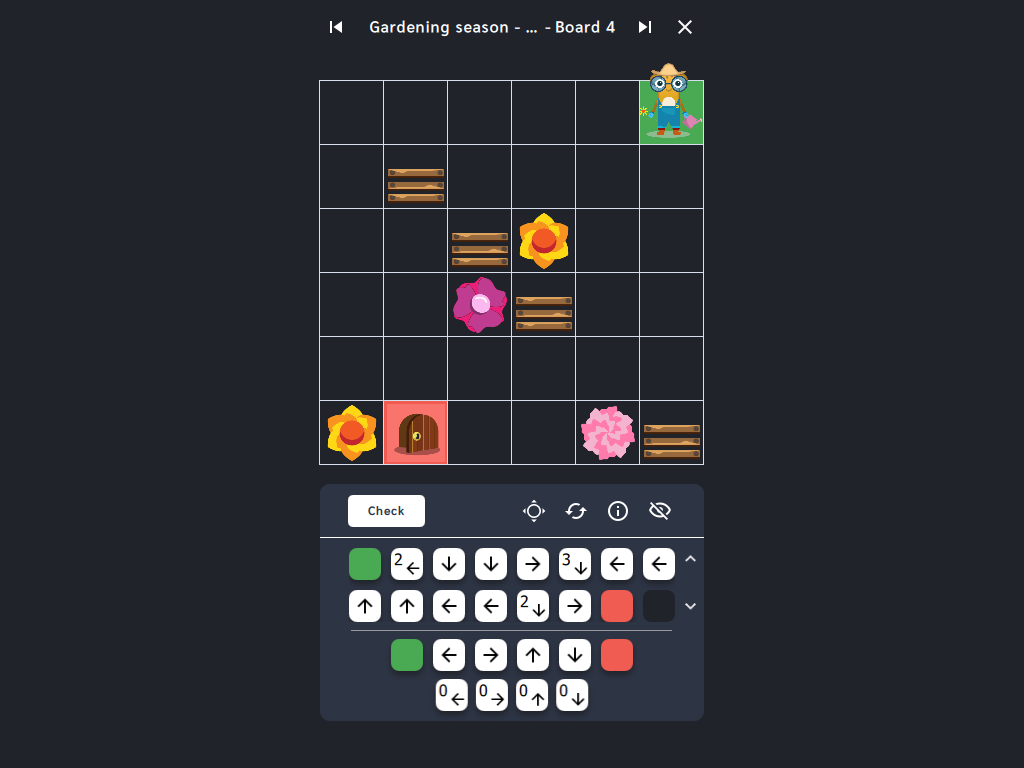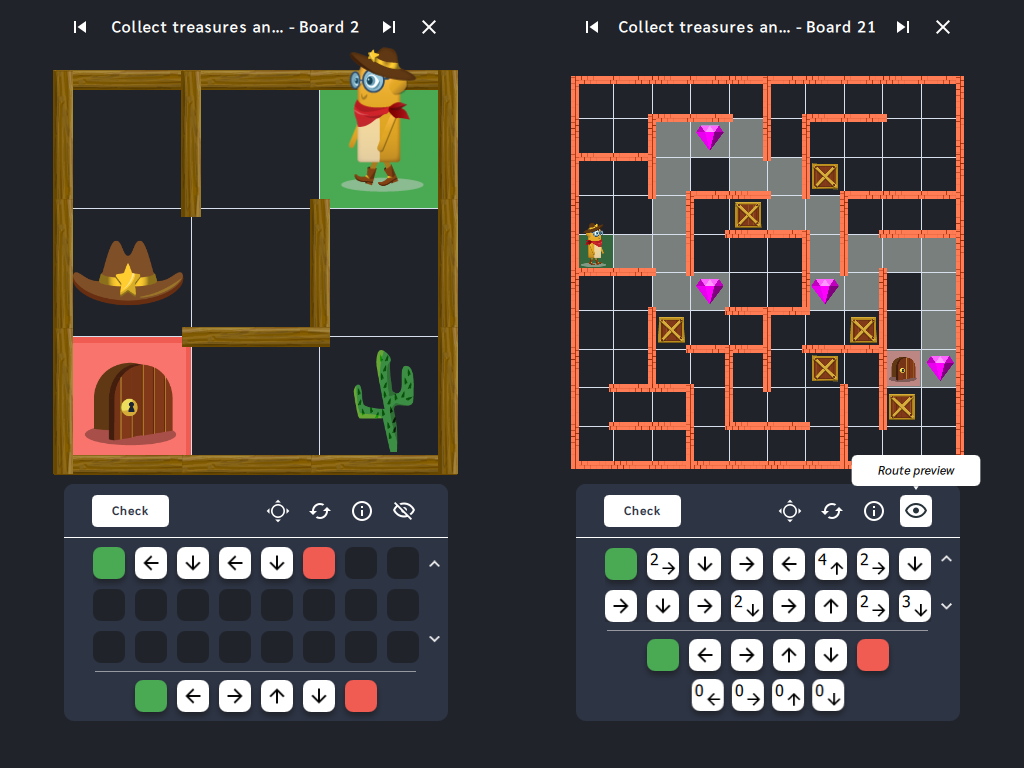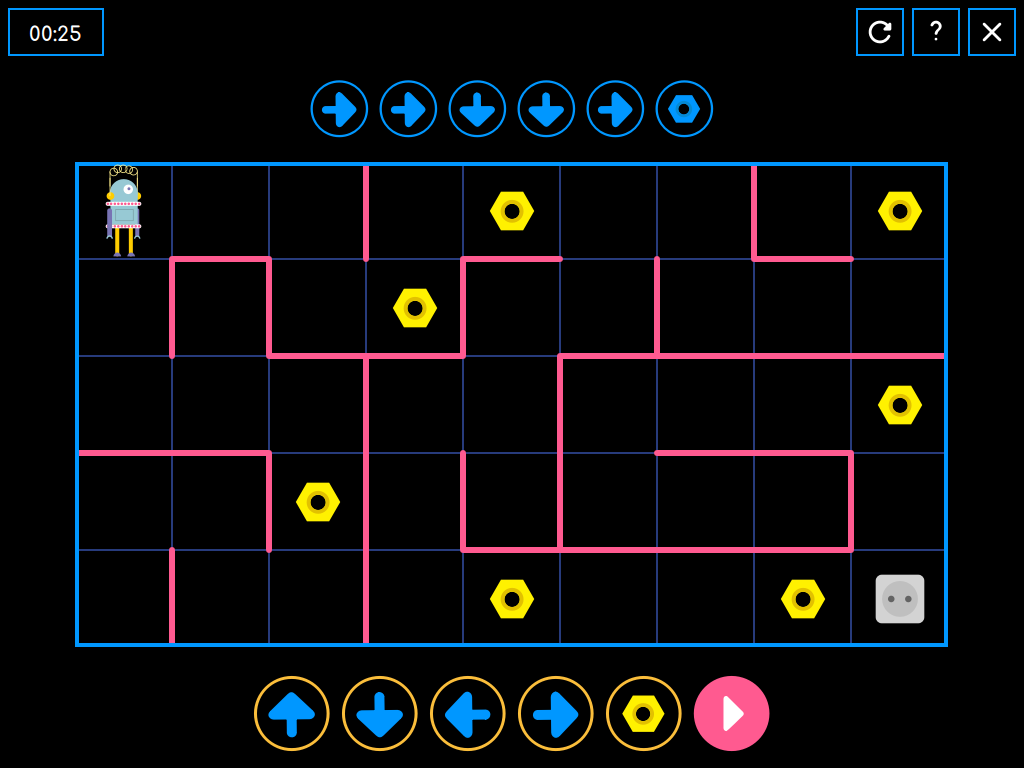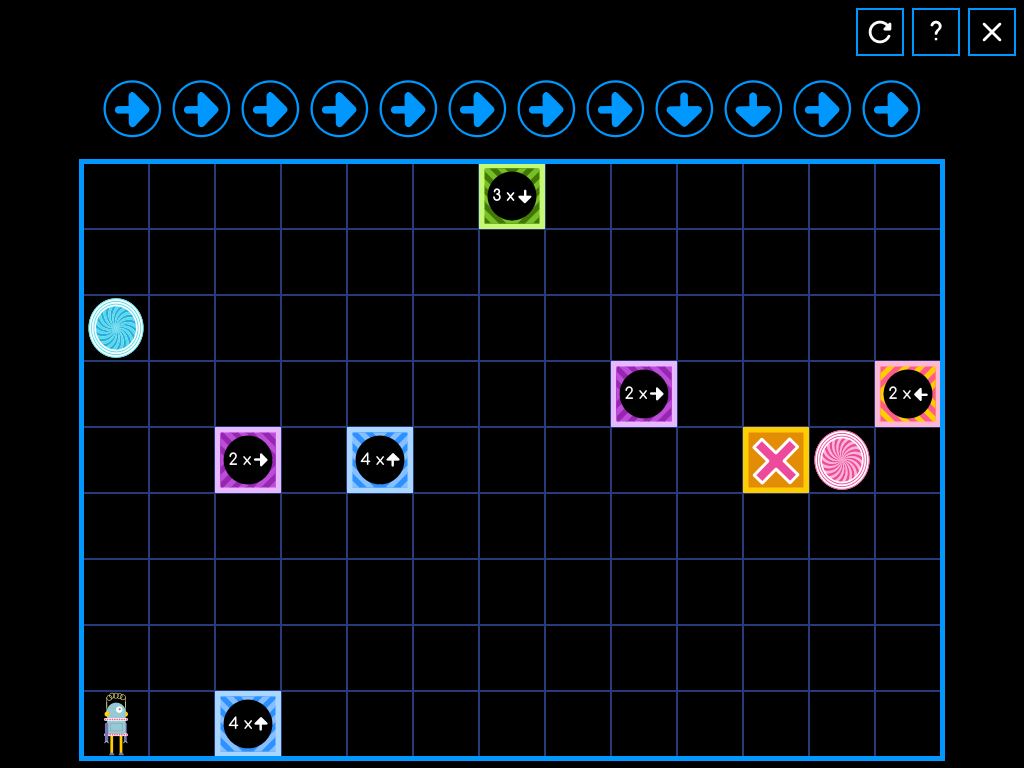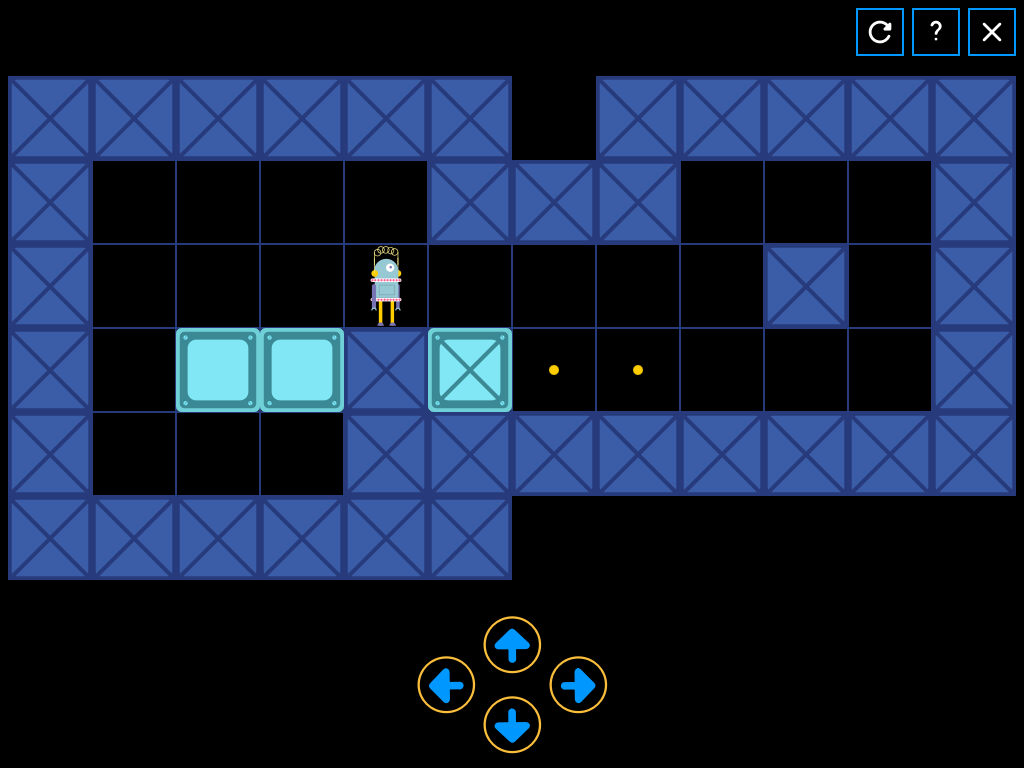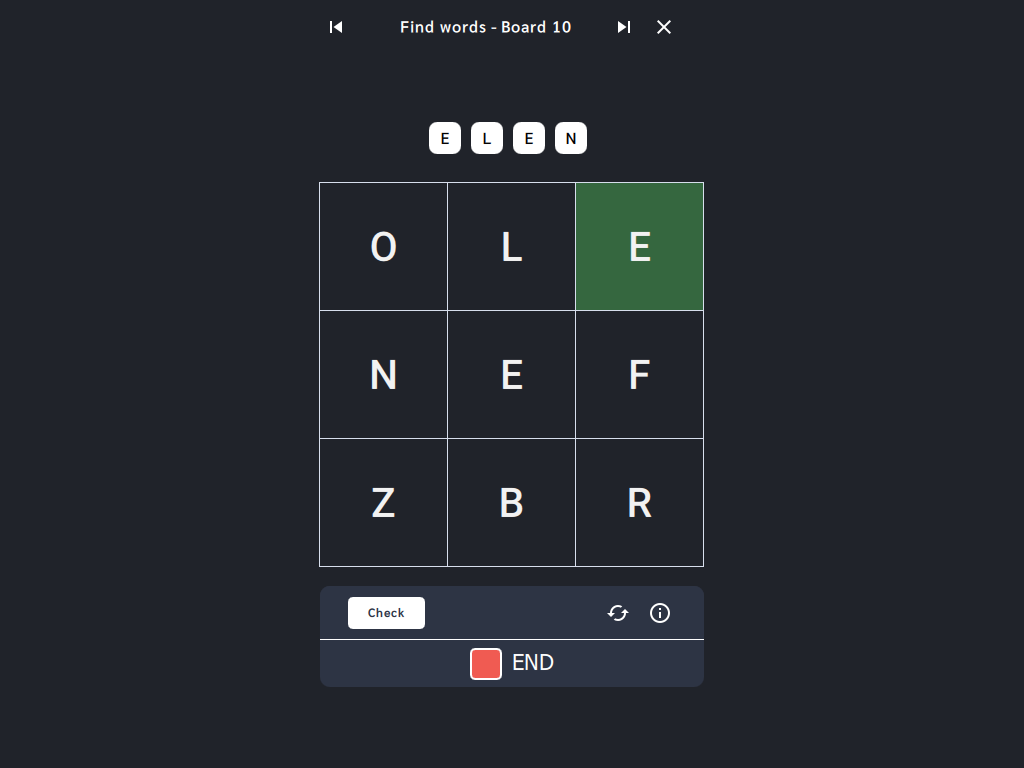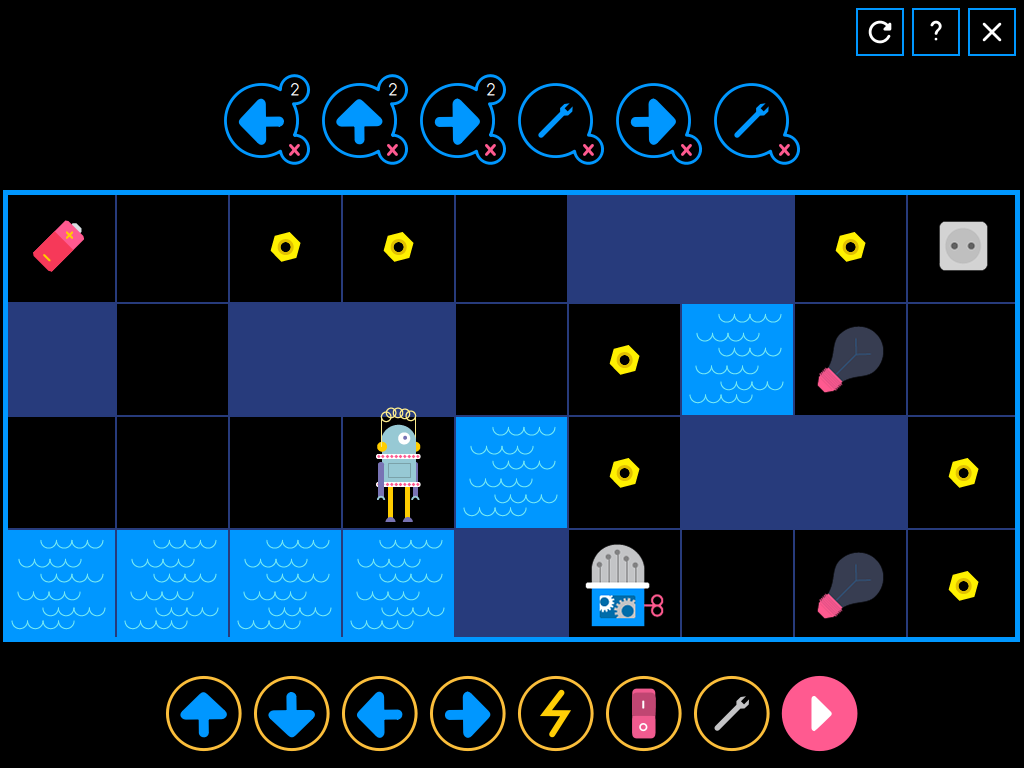Introduction
Preparing children to function in the modern world and to the changes taking place in it, parents and teachers try to support the development of the youngest at all possible levels. Taking advantage of the wide possibilities of children, from their early childhood stage, is crucial for their further development. Undoubtedly, an important factor for further educational success is the proper organization of the child's educational environment, conducive to shaping skills and acquiring knowledge. Supporting children's development through the use of available information and communication technologies has become an important element of the curricula and education of many countries, where supporting the teaching process and stimulating creative activities of children play a key role.
The potential of ICT tools was noticed by the authors of the provisions of the Basic General Education Program for Primary School. From 2017, following the document still in use, teachers of primary school grades 1-3, as part of the IT education area, introduce content in the field of understanding, analyzing, programming, and solving problems with the use of computers and other digital devices. It was recognized that students will be prepared for visual programming by organizing pictures, texts, creating instructions or action plans, solving tasks and puzzles. As a minimum, the authors of the Core Curriculum also assume that students will implement their original ideas in the form of simple stories or situations written in the form of individual commands, as well as their sequences controlling the object displayed on the selected digital device. In the provisions on the recommended conditions and methods of implementing the Core Curriculum, its authors describe the proper course of classes in the field of IT education, during which students, initially without the use of computers or other devices, will shape the ability to arrange actions in a logical sequence and learn the concept of linear sequence and instructions, by formulating commands to control the object. All this so that later, with the use of appropriately selected equipment, they could train the previously acquired skills. The right selection of tools from the wide range of different technologies available is a challenge for parents, teachers, and principals. Therefore, this paper will aim to identify the possibilities offered by Motioncube™ applications for coding learning on the interactive floor, dedicated to children of preschool and early school age to learn coding and algorithmics.
Categorizing, comparing, ordering
In the preschool and early school period, one of the most important skills developed at this stage is the ability to categorize. This is an important cognitive process in which we combine objects into classes based on a criterion, such as having a common feature. In the cognitive development of a child, the moment of transition from the stage of preoperative thinking to the stage of specific operations is characterized by significant changes that allow us to understand the mutual relations between the whole and its parts, as well as in the area of the arrangement of these parts, which in turn affects the ability to classify in this area. Games supporting this skill are commonly used in preschool and school activities. The authors of the collections, the LavaVision company, to support this important cognitive process, while creating original games, they used content in their applications, in which the appropriate categorization of the items is one of the most important goals achieved during the exercises. Many available applications, in various collections, focus on shaping this important skill: "Luminous Planet", "Luminous Planet in Trouble", "Code with Ava". A good example here will be the application from the "Luminous Planet" collection, which was created to introduce preschool children to the world of selected programming concepts. In the "Catch the lights" application (Photo 1), while getting used to the concept of information, the child classifies objects, namely lighting balls representing a portion of information transferred to databases. The information has been given colors that should be assigned to the appropriate data set. Mapping a subject to a specific data set supports the development of the categorization skills underlying the other, more complex cognitive processes described in the following paragraphs.
In addition to the ability to classify, another important mental activity of a child is the ability to compare and arrange items. And here it is worth mentioning the application "Fold the Lumies" (Fig. 2) from the collection "Luminous Planet in Trouble", in which the child's task is to arrange the characters in order from left to right, according to the previously distinguished features - from the Lumi having the smallest amount elements, to the Lumi with the most elements. Here, the child creates a kind of assembly instruction for the robot, at the same time developing the ability to classify, compare and arrange items - here mainly due to the criterion of the number of separate elements that make up the Lumi.
Pattern recognition
Identifying real objects in the surrounding environment and creating mental equivalents of these objects contribute to the pattern recognition process. This skill is an essential link on the way to recognizing and recreating geometric shapes, letters, digits, skills important for preparing a child to learn to read and write. To master this art, certain perceptual abilities are necessary, shaped by games requiring visual differentiation of objects, as well as developing awareness of speech sounds. Pattern recognition is therefore one of the most important processes underlying literacy. The games supporting the ability to recognize and recreate patterns have been highly appreciated by the designers of Motioncube applications. Exercises of this type can be found in the applications of the series "Luminous Planet", "Luminous Planet in Trouble", "Code with Ava". In the "Missing Lumies" application (Photo 3), which is part of the "Luminous Planet in Trouble" collection, while playing with the concept of a pattern, the child's task is to match the missing Lumi according to the previously recognized pattern-rhythm. Rhythm identification is a key activity here, necessary to determine what object is missing while filling this gap. In the "Code with Ava" collection, there are many applications based on pattern recognition skills. An example that best illustrates the approach of the authors of the collection to supporting the described skill can be the application "Copy Pictures" (Photo 4). Recognizing the pattern arranged on the board consisting of coloured squares, the child transfers it to an empty board - according to the previously extracted pattern. The board, depending on the selected level of difficulty, may consist of 9 or even 100 elements, which in turn allows you to adjust the level of complexity of the pattern and its size to the child's developmental abilities.
Cause and effect thinking, sequences
Children's cause-and-effect reasoning involves many different issues. Starting from the ability to perceive the sequence of collection in time, through the perception and understanding of the transformation of objects, to the ability to identify differences between initial and final states. It is possible mainly due to the development of the ability to internally reverse the course of activities or to reflect a certain state of affairs in the imagination. This process also includes the ability of the so-called cognitive decentration, which allows you to perceive the features of reality from different points of view and integrate them more objectively. Cause-and-effect reasoning is possible thanks to the previously developed ability to create movement, thought, or verbal sequences, as well as the ability to create a series, and the ability to organize objects per the adopted criterion.
The authors of the collections, taking into account the essence of supporting the above-mentioned skills, as well as taking into account the provisions of the Core Curriculum, whose goals are focused on the ability to create a sequence of instructions controlling an object, created several exercises based on this activity. The available collections include many different games, ranging from simple exercises in which you have to create an instruction for moving from point A to point B composed of arrows, to tasks with several additional conditions to be met. The aim of the "Code with Ava" collection was to shape the ability to create a sequence of commands. This takes place in several variants. The first option is the aforementioned route mapping. The child arranges the path for the character, Ava, from start to finish, creating any path. With additional conditions that may be included in the teacher’s instruction, it can be the shortest or the longest path, so that the fun of this type can be endless. An example of such activity is the application "Collect specific crops" from the "Code with Ava" collection (Photo 5). Another important variant of the activity consisting in creating a sequence of commands is arranging the path according to the read sequence of repeated symbols. Here, first of all, you need to recognize the pattern of a repeating sequence, find it on the board, and then on this basis, determine the route, create a sequence of arrows available under the board. So we are dealing here both with shaping the ability to recognize the sequence, as well as its simultaneous creation. Exercises of this type can be found in the application "Arrange the route on the map" (Photo 7), also in the collection "Code with Ava". Other examples of applications with which you can practice additional variants of creating sequences are applications from the groups: Numbered Paths, Word Coding. These applications use several different ways to use maths and words to determine the proper course of a route. Appropriate recognition, solution, or reading the sequence of the route is a key element for the proper solution of the task, and thus for arranging the sequence of arrows (Photo 6).
Sequencing is a basic skill that has become the basis of most of the exercises available in the collections. The games have been expanded with new, important from the point of view of learning algorithmics and programming concepts, thanks to which the gradation of difficulty and the appropriate selection of a tool for working with children gives a wide range of applications and creating problem situations.
Problem-solving, conditions, loops
It is assumed that one of the most important reasons for introducing programming learning at the stage of early childhood education is to create opportunities for developing problem-solving skills. Developmental psychology talks about activity related to the implementation of a planned sequence of cognitive operations aimed at reducing the difference between the current state of a given situation and its desired effect. From the cognitive point of view, it should be assumed that the problem solved is the one whose solution has already been identified, and the discrepancies between the initial state of the situation and the target state have been removed. Many problems require us to be creative, test new ideas, logical thinking that allows us to understand and plan structures and information flow. Programming is here a fun game that can be challenging at times but can also cause frustration when the problem being solved exceeds the acquired skills. Programming is believed to support the development of the ability to engage in constructive discussions, solve problems, present one's ideas, work in a team, and communicate. Therefore, learning to program does not have to be an end in itself, because it is primarily the developed skills that may be a key element in this process at the stage of early childhood education.
The problem situations posed to children in our applications are built around conditions that must be met for the heroes' missions to be successful. These conditions are related to the need to pass through selected fields to collect the necessary elements, as well as to bypass the fields that cause the adventure to fail - additionally, there is a requirement to reach the finish line all the time. These types of exercises can be found in the application, for example, "Gardening season" (Photo 8.) Another condition that additionally appears on the boards, influencing the course of the sequence of movements being arranged, are the obstacles to avoid, like the walls of the mazes. They should be effectively avoided, so decisions about the directions of the routes created are limited, problem situations require finding the most effective solution, taking into account all the conditions set. An example here will be applications from the "Code with Ava" collection (Photo 9), but also games included in the "Dot Bot" collection (Photo 10).
The more complex problem situations will include exercises in which the tasks given to the child will require the ability to predict the consequences of the steps taken. In the “Bot Code” (Photo 11), included in the "Dot Bot" collection, the child's task is to indicate the place where the hero will finally be. Following the route composed of arrows and taking into account the shifts resulting from the content of the fields on which Dot Bot stands on the way, solving a specific problem situation requires developing an appropriate strategy, possibly related to cooperation, working in pairs. In turn, in the application "SokoBot" (Photo 12) from the same series, the child, moving the boxes to the right places, must plan the sequence of their actions in advance, and also properly use the space available in the warehouse so that the box is in the indicated place.
The level of development of symbolic functions and the ability to perform specific operations allow for the creation of such a model of action that allows distinguishing not only goals but also to choose the appropriate means of implementation. The ability to coordinate within the various components of the problem increases with age and allows for the creation of a greater number of possible solutions to the problem. Therefore, when the skill of creating sequences from arrows is already mastered as well as possible when the sequences become complex strings of symbols, it is worth inspiring children to create a pattern of faster and more efficient problem-solving. Such a target method of supporting the creation of a code composed of arrows will be to introduce a record of repeatability of movements using an iteration loop. Thanks to it, children with a higher level of perceptual-motor functions can create complex codes that will resemble algorithms created by specialists in this field. The applications of the "Code with Ava" collection, which have a loop function in the toolkit, were appropriately marked with the term "loops" in the application name. In the "Dot Bot" collection in the "Bot Job" application (Fig.14), the loop method is used to automatically count the repetition of the same steps and display the number of these steps in the route code. It is a simple and interesting way to introduce the youngest to the topic of the loop.
Summary
The development of information and communication technologies (ICT) offers many opportunities to support a child's development. Cognitive skills and processes, developing in middle and late childhood, require appropriate stimulation with various activities. Here, play is the best and most natural form of support that fully engages the child. The attractiveness of the presented tools - Motioncube interactive applications for learning coding and programming - can certainly positively influence the motivation of children to perform the proposed exercises, which in turn gain even more with the use of the large size of Motioncube interactive floor. Therefore, taking into account the above considerations, it is worth choosing the right tool that will support the multifaceted development of the youngest during organized and safe games.
